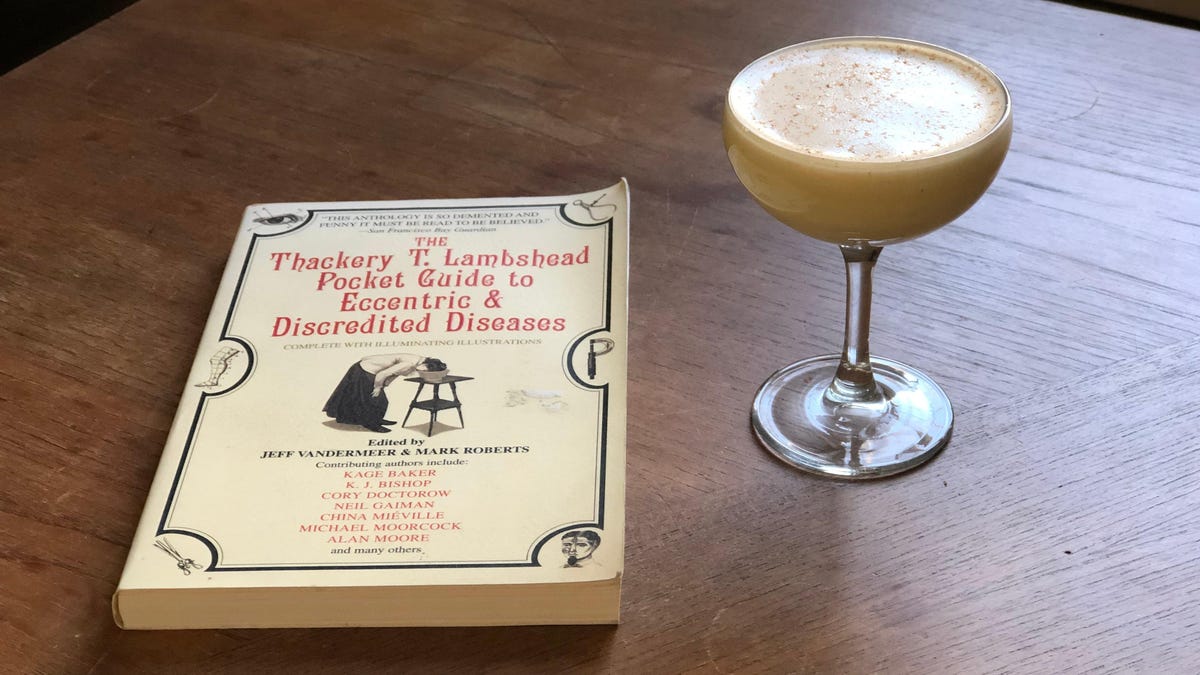Sun damage to eyes can happen in minutes, but effects might not be clear until hours later.
Published August 18, 2023
6 min read
Our sight depends on the sun, yet our eyes can also be irreversibly damaged by it in a matter of minutes.
Most of what we see in the natural world is revealed because it reflects sunlight. That’s the case even at night; the moon’s glow is just reflection of the sun. Some research suggests that sunlight even helps the eyes to develop properly in the first place, and that a lack of sunlight in childhood might lead to nearsightedness.
However, the sun shines so brightly that even from 93 million miles away it can permanently damage your eyes—which is why you are never supposed look directly at the sun.
Just as a magnifying glass can focus light onto a spot on a piece of paper with enough intensity to light it on fire, the eye focuses light onto the macula, a tiny part of the retina, in the back of the eye. There, a suite of photoreceptor cells (key to color vision and central vision focus) can be scorched by an overload of solar radiation. These cells aren’t literally burned but are subjected to photochemical reactions that can damage them—sometimes permanently.
The sun produces most of Earth’s ultraviolet (UV) light, though tanning beds and some artificial lights can also emit UV. Human skin uses this electromagnetic radiation to create beneficial vitamin D. But in excess, UV radiation can injure or kill the cells of living organisms by damaging their DNA, causing skin conditions from sunburn to cancer. UV radiation also has major impacts on the eyes.
Over time, excess sunlight can cause conditions like surfer’s eye, a growth on the eye’s clear protective membrane, or more serious ailments, like cataracts and even rare types of cancer. These consequences of sunlight exposure are why experts advise wearing brimmed hats and sunglasses that provide 99 to 100 percent UV protection.
The eyes’ retinas don’t have any pain receptors, so people often have no idea if they are staring at the sun long enough to do damage. In fact, many don’t realize what’s happened until hours afterwards or even the next day. The retina’s photoreceptors, even when totally overloaded, can function for hours before they become disabled.
But once they are shut down, people whose eyes are harmed by the sun may experience blurry distorted vision, trouble focusing on a face or printed page, or a spot in the center of the vision known as a scotoma. For those who sustain such damage, unfortunately, there is no treatment but only a waiting game. Many improve with time, while others unfortunately do not.
Exposure doesn’t take long to pose a risk. Looking directly at the sun can cause permanent eye damage in less than a minute. This happens most frequently during a solar eclipse, in part because the darkened sun feels less harmful. Most days, the sun blazes in the sky and very few people look directly at it because doing so is extremely uncomfortable.
Protecting your eyes during a solar eclipse
A solar eclipse is a rare event that compels many to look where they normally wouldn’t, and because the moon blocks much of the sun, it’s also possible to do so with less discomfort. That doesn’t mean it’s safe to sneak a peek. As soon as the first sliver of sun emerges it blazes with enough intensity to damage the eyes, and it will even more intensely affect pupils dilated in darkness, which let more light in.
(A new understanding of our closest star?)
People have recognized the risk for a very long time. Nearly 2,500 years ago Plato described the danger: “People may injure their bodily eye by observing and gazing on the sun during an eclipse, unless they take the precaution of only looking at the image reflected in the water, or in some similar medium.” Today, experts caution that even the sun’s reflection is strong enough to cause eye damage.
Advanced imaging studies have shed light on the damage, known as solar retinopathy, that’s caused by overexposure to solar radiation—usually by viewing an eclipse. In one study, a woman who observed the 2017 solar eclipse through unsafe glasses had the cells of her retina damaged in a crescent shape that matched the sun’s appearance during the 20-second period during which she viewed the eclipse. Unfortunately, the damage also produced a crescent-shaped dark spot that consequently marred her vision.
These risks don’t mean you have to miss out on seeing a solar eclipse—after all at any given location several centuries may pass before such an event happens again. People have come up with creative means to view eclipses for a long time. Aristotle documented using a pinhole method to safely view an eclipse in the 4th century BC.
Today, eclipse glasses, thousands of times darker than a normal pair of sunglasses, are the preferred means of watching but they come with their own safety concerns. Unfortunately, counterfeit and unsafe versions are often offered as souvenirs and for sale via online retailers. Before observing a solar eclipse, watchers should get glasses from a reliable source, like these approved by the American Astronomical Society. That’s the best way to witness a truly memorable event without the sun doing lasting damage to your eyes.
Note: This article have been indexed to our site. We do not claim legitimacy, ownership or copyright of any of the content above. To see the article at original source Click Here












